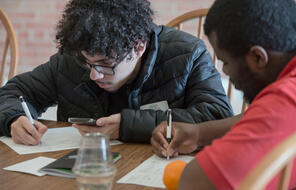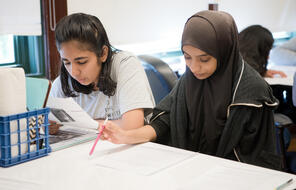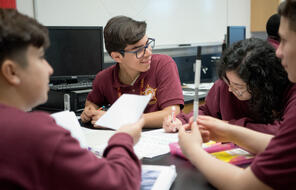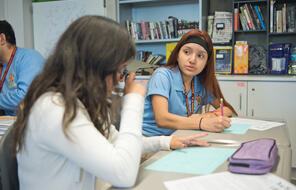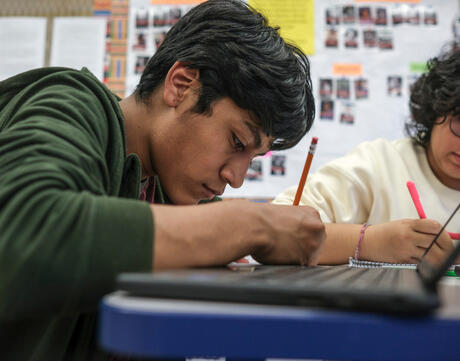
Reimagining Home Summative Assessment Ideas
Duration
Two 50-min class periodsSubject
- English & Language Arts
Grade
11–12Language
English — USPublished
Get it in Google Drive!
Get everything you need including content from this page
Get it in Google Drive!
Get everything you need including content from this page
Overview
About This Assessment
We have provided two summative assessment options for you to choose from, offering a variety of formats for student demonstration of learning:
- Assessment Option 1: Letters about Home
- Assessment Option 2: “What Makes a House a Home?” Discussion Circles
Both assessment options invite students to revisit their journal reflections, texts, and handouts in order to synthesize ideas about key concepts from the unit, such as how reimagining “home” can empower us to define how and where we belong in the world.
The first option is a personal reflection in which students work independently to write a letter about their reimagined concept of home. It may take two days to complete, with some of the work taking place outside of class time.
The second option is a class discussion in which students are tasked with reading a short excerpt from an article and then participating in a discussion activity and reflection. It is designed to be completed in two class sessions, with some work potentially done outside of class.
These assessment ideas are starting places from which you can create a culminating experience that feels authentic and relevant for your context.
Lesson Materials
- Handout: Letters about Home
- Handout: “What Makes a House a Home?” Discussion Circles
- Handout: Discussion Circle Feedback and Reflection
Essential Questions
- How can reimagining “home” empower us to define how and where we belong in the world?
Lesson Plans
Activities
Unlimited Access to Learning. More Added Every Month.
Facing History & Ourselves is designed for educators who want to help students explore identity, think critically, grow emotionally, act ethically, and participate in civic life. It’s hard work, so we’ve developed some go-to professional learning opportunities to help you along the way.
Exploring ELA Text Selection with Julia Torres
On-Demand

Working for Justice, Equity and Civic Agency in Our Schools: A Conversation with Clint Smith
On-Demand

Centering Student Voices to Build Community and Agency
On-Demand







